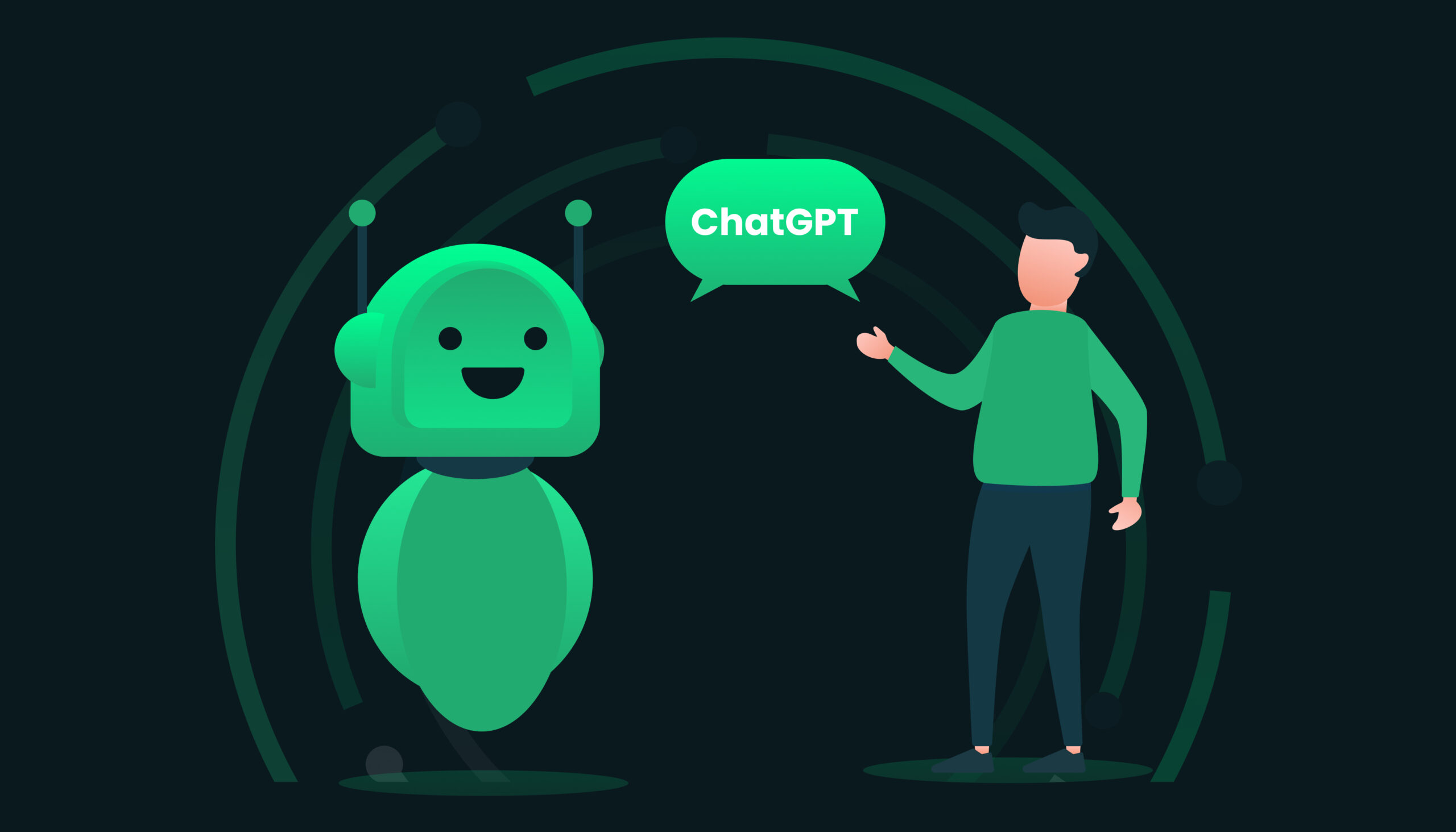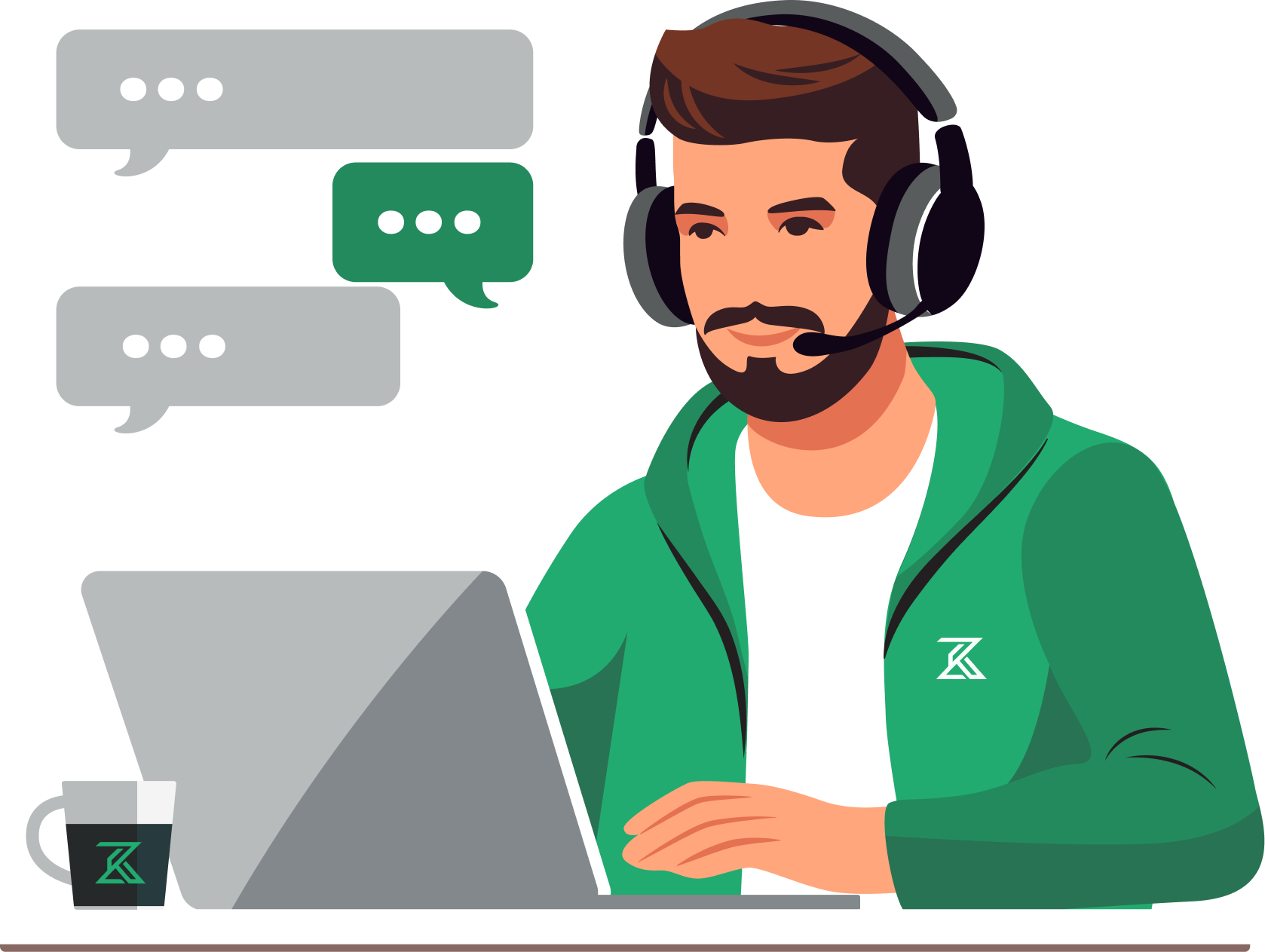Introduction to ChatGPT: The Power of OpenAI’s Conversational Language Model
In recent years, the field of natural language processing (NLP) has made tremendous progress, with language models such as GPT-3 (Generative Pre-Training Transformer 3) leading the way. Developed by OpenAI, GPT-3 is a state-of-the-art language model that has the ability to generate human-like text, complete tasks such as translation and summarization, and even create original content.
Building on the success of GPT-3, OpenAI has now introduced ChatGPT, a conversational language model that allows users to hold natural, human-like conversations with a machine. In this blog, we will explore the capabilities and potential applications of ChatGPT, as well as its limitations and future directions.
What is ChatGPT?
At its core, ChatGPT is a variant of GPT-3 that is specifically designed for conversational tasks. Like GPT-3, ChatGPT is a transformer-based language model that uses a massive amount of data (over 8 million web pages) to learn the patterns and structure of human language. However, unlike GPT-3, ChatGPT is trained to maintain context and coherence over the course of a conversation, allowing it to hold more natural and coherent conversations with users.
How does ChatGPT work?
ChatGPT works by taking in a prompt, or an initial message, from the user and generating a response based on its understanding of the context and the patterns it has learned from the data. For example, if the user says “Hello, how are you?”, ChatGPT might respond, “Hi, I’m doing well. How are you?”
But ChatGPT is more than just a simple chatbot that gives pre-programmed responses. It uses its understanding of language and context to generate unique and appropriate responses to each input. This means that ChatGPT can hold more complex and nuanced conversations and even complete tasks such as answering questions or providing recommendations.
For example, if the user asks ChatGPT for a recommendation for a good restaurant in a specific location, ChatGPT might use its knowledge of restaurants and the location to generate a list of recommendations, complete with addresses and ratings.
What can ChatGPT do?
The possibilities for ChatGPT are vast, and it has the potential to revolutionize the way we interact with machines. Some potential applications of ChatGPT include:
Customer service: ChatGPT could be used to handle customer inquiries and complaints, providing personalized and efficient support to users.
Education: ChatGPT could be used as a teaching assistant, providing students with personalized feedback and assistance.
Entertainment: ChatGPT could be used to create interactive stories or games, allowing users to have unique and engaging experiences.
Research: ChatGPT could be used to gather data for research purposes, such as conducting surveys or interviews.
Translation: ChatGPT could be used to translate conversations in real-time, making it easier for people from different languages and cultures to communicate.
These are just a few examples of the potential uses of ChatGPT, and as the technology continues to improve, it is likely that we will see even more innovative applications.
ChatGPT Advantages:
- It is capable of understanding and responding in natural language.
- Deep learning is used in this technology to generate human-like prose that can reply to everything from stories to mathematical answers to theoretical dissertations.
- ChatGPT’s unique memory allows it to recall previous comments in a discussion and relay them to the user.
- Its intelligence can produce elaborate responses to historical arguments as well as poetry on any subject.
- ChatGPT, like its predecessor, InstructGPT, aims to eliminate damaging and deceptive comments from users.
- ChatGPT was designed with reinforcement learning from human input in mind.
- ChatGPT can advise you on how to throw a birthday party and how to prepare an essay. It aids in answering logical problems.
Limitations of ChatGPT:
As with any technology, ChatGPT has its limitations. One of the biggest challenges with ChatGPT is maintaining context and coherence over the course of a conversation. While ChatGPT has made significant progress.
The Bottom Line:
To sum up, ChatGPT is a sort of artificial intelligence capable of understanding and producing natural language text. It is trained with a transformer algorithm and massive volumes of text data, and it may respond to prompts or inquiries depending on what it has learned.


